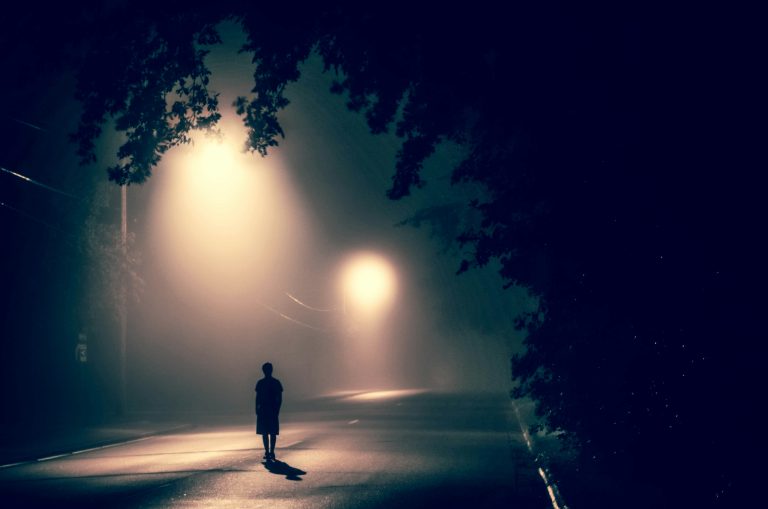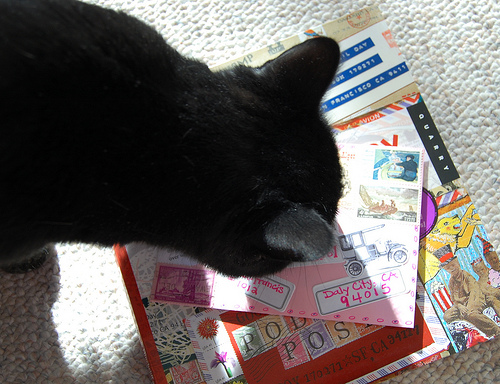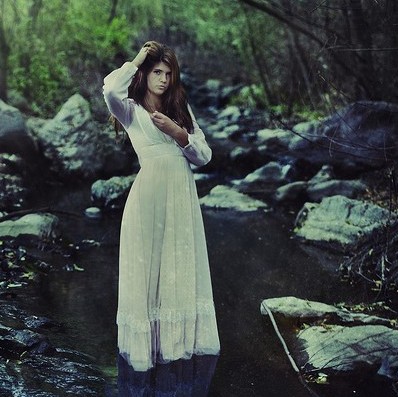Showing the World through Your Character’s Senses
One of the primary objectives and responsibilities of a fiction writer is to transport readers into the world of their story.
However, it’s easier said than done. You, the writer, must visualize your scene—where your characters are, what the place looks and feels like—with enough detail that you can play out the action in your head.
There are two potential problems here. First: if you don’t spend enough time truly bringing that stage to life, it isn’t going to come across to your readers. But, second, you have to decide how much detail to convey.
No reader wants six pages of furniture description. Yet, without some description, readers aren’t transported. So what’s a writer to do?
Only What She Notices
Here’s the best place to start when considering what to include in your setup of time and place: your POV character’s head.
Because every scene needs to be in POV—meaning shown only through the eyes and thoughts of one character who is “experiencing” and processing the action of the scene—it’s all about what she notices.
When you walk into a room, what do you notice?
Think about it for a long moment. Or go walk into a room and notice what you notice.
If it’s a room you’ve been in a gazillion times, like your kitchen, and you’re going in there to get something out of the fridge, do you stop and describe all the appliances sitting on your counter, the color and style of the dishes in the dish drainer, the size and capacity of every pot and skillet on your stove?
Don’t answer that.
What I’m getting at here is you only are going to notice what you would notice.
If you see you’ve left the burner flame on, your gaze will be drawn to that. Or the smell of something burning in the oven. Or, when you open the fridge, you don’t look at every single thing in there and itemize the contents. You look for that tub of yogurt and take it out. Maybe in the action you notice a container you hadn’t seen before and wonder how that got there.
In other words, as we go about daily life, we filter out all the familiar things and only notice things that are unusual or different or what we are specifically looking for.
Here’s a quiz I always fail: Describe (without looking) all the artwork on the walls of this room. Honestly, I’ve lived in this house six years and I inhabit these few rooms for nearly twenty-four hours of every day. I’d be hard pressed to tell you the list of artwork on each wall. Seriously. I just don’t pay attention to all the pieces. What about you?
So .. all this to ask: What is your character going to notice when entering a space (or already in a space, if you start in media res)? She’s going to notice things that catch her eye or other senses. She’s going to notice things that are out of place or intrigue her or affect her emotionally.
If she walks into a new space, she will quickly survey the room. The plastic pink chairs in the children’s dentist office waiting room and the funny rug with a town and cars on it. Maybe the weird antiseptic smell that reminds her of pink bubblegum.
She’ll quickly note (but not count if more than five) how many people are in the room, how they’re dressed, approximate ages, what they look like, how they’re positioned, and their moods. (it really bugs me when I’m reading a scene and all of a sudden there are other people there, talking and moving around, and they weren’t there for the first five minutes. Did they appear in a puff of magic?)
Yes, that can be tricky—how to decide just how much you need to “set the stage”
Some writers suggest picking three things to describe to give just enough feel and uniqueness to a space. Everyone knows what a dentist’s waiting room—in general—will look, feel, smell, and sound like. Just as they would a high school gym or a playground on a warm spring day.
So you don’t need to say much. But you do need to say something.
Here’s a character who suddenly finds herself in a new space:
She knelt and saw that Rigg … was already standing up and striding toward three adult women who were watching the battle. … The women looked careworn and grief-stricken. They stood near a stockade that surrounded the city and sheltered their party from the view of the soldiers where the battle was being waged.
The stockade looked as if it had been hastily thrown up in a day, braced from behind here and there. She wondered how well it would hold up against a determined enemy. It had been clumsily built; through gaps between the poles it was possible to see the battle. … It was the city that fascinated her because it was only half built. Only the lower buildings existed, and instead of the uniform black of the towers in Param’s own time, these had been brightly painted, though many were faded and weathered …
From the top of one of the towers, a beam of pure heat shimmered the air. Param followed the beam and then strode the five steps to the stockade and peered through. Where the beam landed, the grass was erupting in flame, and men were fleeing from it. (Ruins, Orson Scott Card)
The character, Param, notices specific things. Through her, Card sets the stage and has her focus on what’s important to the plot—this battle and how it’s being waged. He could have thrown in some smells or the temperature of the air to add a bit more texture, but readers can picture this and fill in the rest of the details.
Instructor and author Heather Sellers suggests asking these ten questions to help you (and your readers) to set the stage wherever you plan to place your character:
- Where are we? What room, neighborhood, town, county, place?
- What time is it? What minute, hour, day, month, year?
- What is the weather outside like? What’s the atmosphere inside like (lighting, hot/cold, smoky, comfortable, etc.)?
- Who is there, “onstage”? Who just left? Who is nearby?
- Who is expected?
- What just happened?
- How old is each person “onstage”?
- What are people wearing? What do they have in their hands?
- What is in the room/location? What “stuff” is around?
- What is the dominant smell?
You can come up with your own set of questions, but always keep in mind your POV character can only know what he knows. He may not know what just happened. He can’t know what people have in their hands (but you can).
The other very important thing to keep in mind is your character’s mind-set and motivation. What he notices and how he describes that will be determined by his state of mind at that moment. All in his words, his voice.
So don’t create laundry lists of items and their descriptions when setting the stage. Think of your plot, your character’s purpose in the scene, why you’ve put her there, and have her notice what will help reveal more about her character, add mystery, set a tone or mood, and advance your plot.
Not so simple. But with practice and study (of great writers’ works), you can masterfully “set the stage” in every scene.
 Get ready to learn masterful technique that will teach you how to bring your setting to life!
Get ready to learn masterful technique that will teach you how to bring your setting to life!
Crafting Powerful Settings, a new in-depth video course, will launch October 24, 2022. If you want to ensure your stories transport readers in a powerful way into the world you create, this course is for you!
We’ll be examining dozens of terrific scene passages from a broad spectrum of novels across genres. And you’ll learn the #1 secret to crafting powerful scenes. Without it, your fiction will fall flat!
If you enroll in Crafting Powerful Scenes before launch date (October 24), you can get 30% off the course. All my courses offer lifetime access and a 30-day money-back guarantee. Use coupon code EARLYBIRD for your discount and ENROLL HERE.
Featured Photo by Bud Helisson on Unsplash











